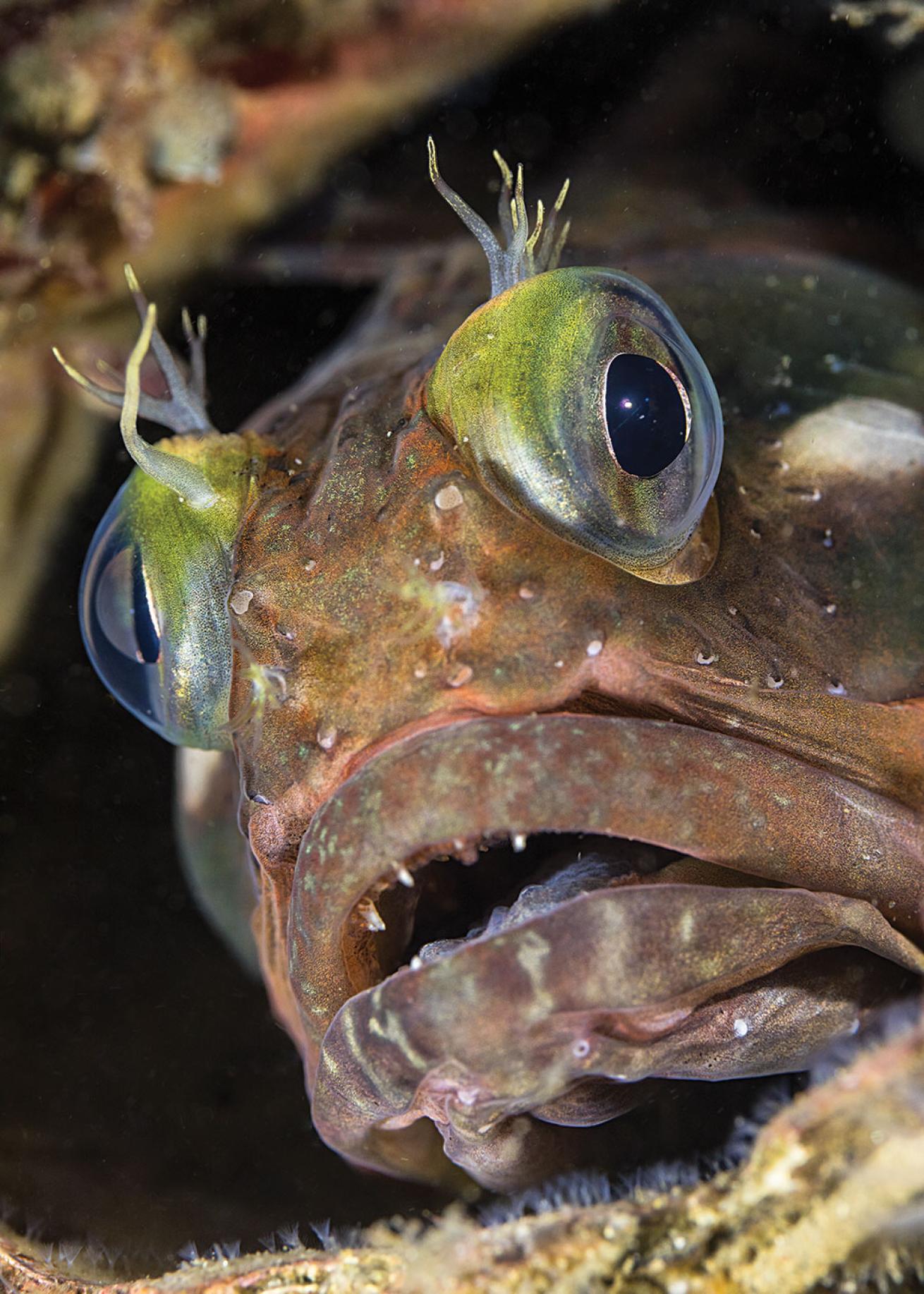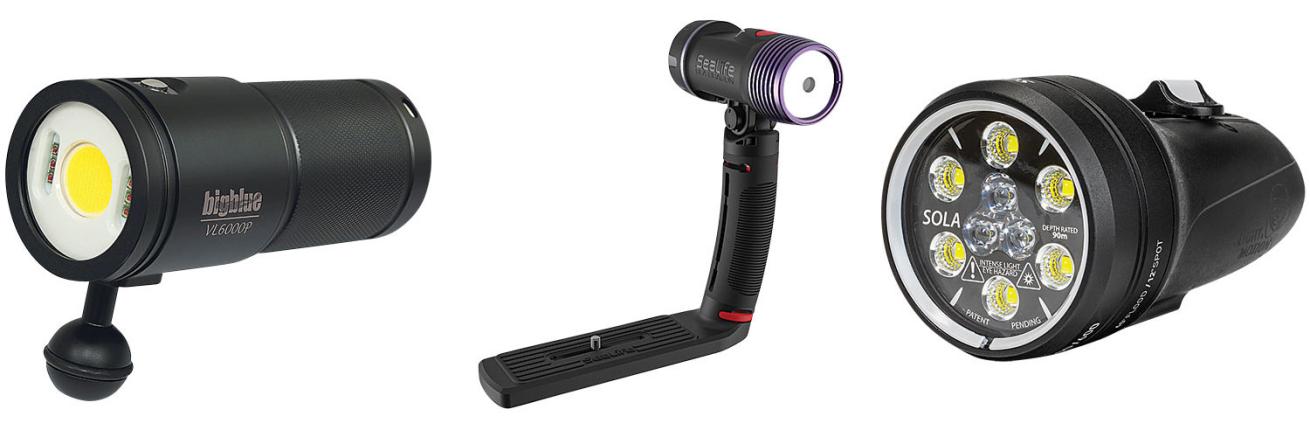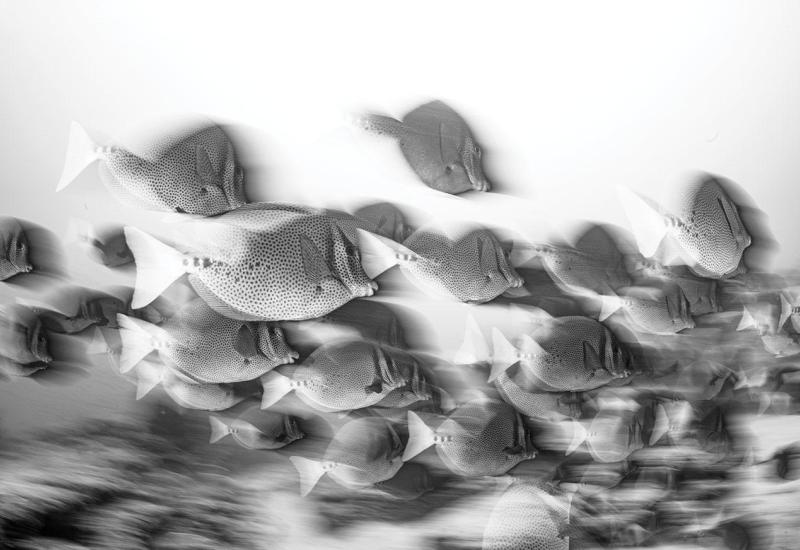How to Use a Video Light for Underwater Photography

Brent DurandVivid shots of macro life — like this blenny — can be attained using constant lighting.
The first camera accessory most underwater photographers acquire after a housing is one or two strobes. The powerful flashes bring light and color back into the wide-angle or macro scene, becoming an essential component of the underwater camera rig.
But what if you’re on a budget and only have your trusty dive light? Or if you shoot primarily video but want to experiment with the occasional still photo? The often-overlooked solution is lighting the still photo subject with your video light, referred to as constant lighting.
There are, of course, pros and cons to shooting still photos using a dive light.
THE PROS
Adds vibrant light to the scene with gear you may already have.
Capitalizes on your camera’s burst mode for capturing fast macro action (strobes are hindered by their flash recycle time).
Easier shooting with the camera’s Auto modes.
THE CONS
Not as powerful as a strobe flash. A flash will excel at freezing fast action, especially for wide-angle (like a fast-swimming sea lion).
Best results will come from powerful video lights with a wide flood beam.
Ready to get started? Here are some tips to help bring home some great photos lighted with your dive or video light.
Use your light on high power. This will produce the best color and help your camera deliver the sharpest images possible.

bigblue; Sealife; Light & Motion
bigblue VL6000P SeaLife Sea Dragon Fluoro-Dual Beam Light & Motion Sola Video 2000 S/F $499.99; bigbluedivelights.com $499; sealife-cameras.com $400; lightandmotion.com This 6,000-lumen video light provides an extra-wide 120-degree beam — perfect for lighting wide-angle photo and video scenes. Four power settings, replaceable battery, lighted battery indicator and a red focus light make this ready for any creative use. A single button toggles between a wide flood light for photo/video, a narrow spot beam for diving, and a powerful blue light that reveals the fluorescence of critters at night. Mask and camera filter included. Compact, bright and versatile, this light delivers a 2,000-lumen flood beam for wide-angle shooting, plus a narrow 600-lumen spot beam for macro. Highlights include a 55-minute burn time, colored battery status and an easy-to-use on/off switch.
Get close to your subject. The closer your camera is to the subject, the less distance the light has to travel in the water, creating a brighter and more vivid image. Your macro goal should be to make the subject as large as possible in the camera LCD/viewfinder. Your wide-angle goal should be to get as close to the subject as you can while still seeing the other composition elements in the frame.
Relax and keep the camera as still as possible. This will minimize blurring and create sharper images. For macro shots, try stabilizing yourself with a reef stick carefully placed on bare rock or in the sand.
Review each image in order to improve the shot, looking specifically at composition, exposure via the histogram, and angle of the light. You also want to be sure the shutter speed is faster than 1/60 in order to minimize blurring.










